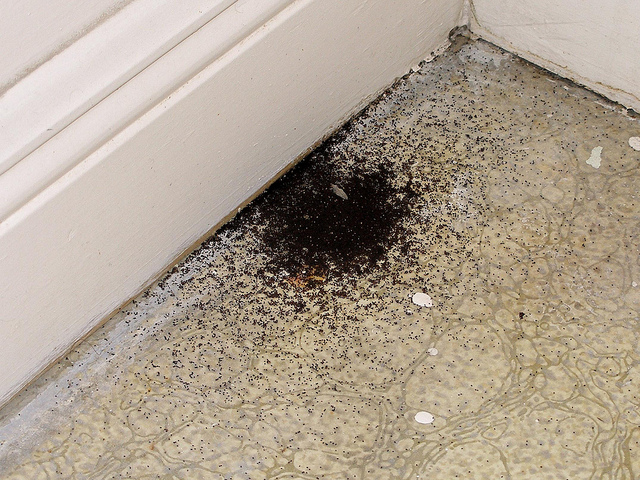Drywood termites are different from other common termite species because they are able to live in dry, un-decayed wood without any requirement for contact with the soil. Ground treatments are not needed in the case of drywood termites. Rather, drywood termite treatment options include fumigation and spot or wood treatments.
Drywood termite swarms attack wooden objects, structures, and furniture of all kinds. They are often carried into new geographical areas by way of infested furniture. Since drywood termite colonies are significantly smaller than subterranean termite colonies, often the damage they accomplish is also localized and not as widespread, though great damage is certainly possible if colonies are left unchecked. An entire colony (about a thousand termites) makes their nest in one piece of furniture or piece of wooden home structure. Drywood termites leave only a thin layer of wood between them and the outside, so sometimes infested furniture and wood can be noticed from the outside.
Before performing a drywood termite treatment in any one area, you should inspect the entire structure and any furniture inside for signs of a drywood termite infestation as drywood termite damage can take on any of the following forms:

Getting rid of dry wood termites is different than getting rid of subterranean termites. The most common and effective drywood termite treatment options are localized wood or spot treatments and fumigation in severe circumstances.
1. Localized or Spot Wood Treatments.
One of the most effective drywood termite treatments by far (when the infestation is limited) is to treat the affected wood or wood galleries directly.
2. Fumigation.
A fumigation is when an entire structure is tented with a special cover and flooded with a poisonous gas that kills the termites. This method is expensive, complex, messy, and can only be done by a professional pest control operator. Any objects of concern and all food must be double bagged and all people must vacate the property for several days. There have been some reports of negative health effects after humans reenter a fumigated building. Needless to say, fumigation should always be the very last resort and is not recommended for limited infestations.
See also: Termite Killer
Can't find the product you are looking for? E-mail us and we'll get it for you!
We sell professional do it yourself pest control (diy), exterminator and
extermination insecticide, pesticide, chemical and bug killer treatment
products to spray, eliminate and exterminate pests.
Many of our products are not available in stores
such as Home Depot, Walmart or Lowes.